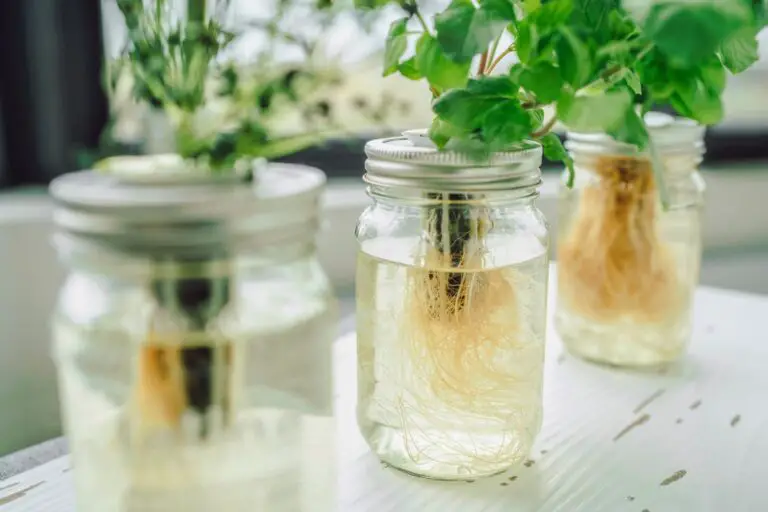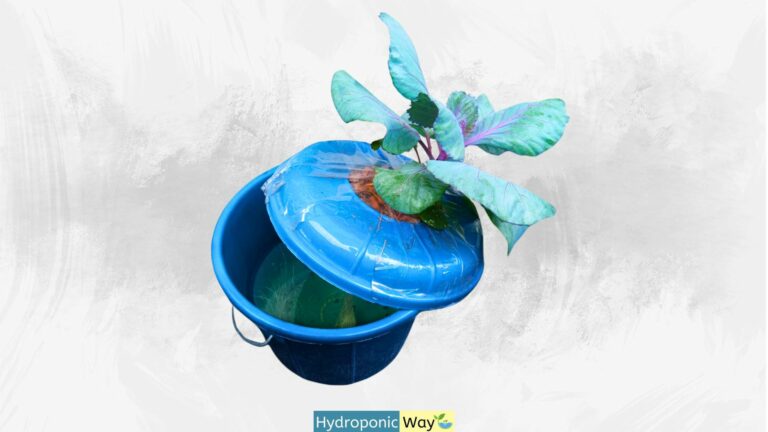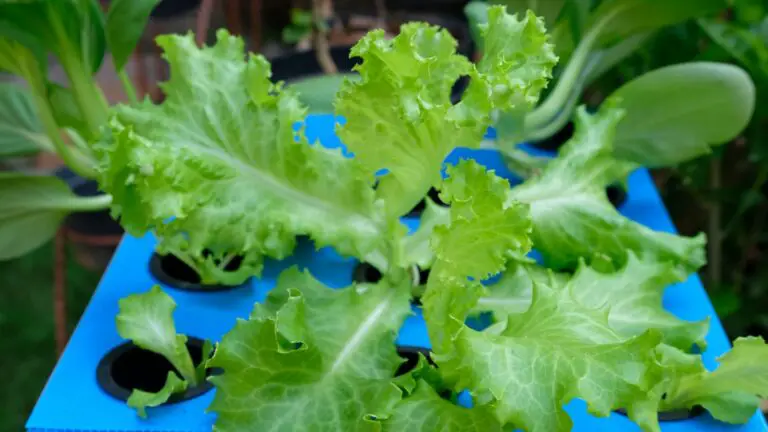Panoponica Technology: Revolutionizing Agriculture with Advanced Hydroponics
Embracing the Future of Farming
As the world grapples with the challenges of climate change, food scarcity, and sustainable agriculture, a groundbreaking technology is making waves in the field of hydroponics. Panoponica technology, a term rapidly becoming synonymous with agricultural innovation, represents a significant leap forward in our ability to grow food in some of the most challenging environments on Earth.
What is Panoponica Technology?
At its core, Panoponica technology is an advanced form of hydroponic farming. Hydroponics is a method of cultivating plants without soil, instead utilizing mineral nutrient solutions in a watery solvent, has been around for decades. Panoponica advances this concept further by integrating multi-level growing systems, sophisticated climate control, and innovative nutrient delivery methods to increase yield, efficiency, and sustainability dramatically.
Key Features of Panoponica
Multi-Level Farming Systems
One of the standout features of Panoponica is its multi-level farming system. This design maximizes vertical space, allowing for a higher density of crops to be grown in a limited area. This is particularly beneficial in urban environments or locations with scarce arable land.
Enhanced Climate Control
Panoponica systems come equipped with state-of-the-art climate control technologies. These systems can meticulously regulate temperature, humidity, light, and carbon dioxide levels, creating the optimal environment for plant growth regardless of external weather conditions.
Advanced Nutrient Delivery
Efficient nutrient delivery is vital in hydroponic systems. Panoponica employs cutting-edge techniques to ensure that plants receive the precise balance of nutrients required for optimal growth. This approach improves plant health and yield and minimizes waste and resource use.
Benefits of Panoponica Technology
Increased Crop Yield
Combining multi-level farming, a controlled environment, and precise nutrient management results in significantly higher yields than traditional farming methods.
Sustainability
Panoponica’s efficient use of water and nutrients and its ability to operate in non-arable locations make it an environmentally friendly alternative to conventional agriculture.
Versatility
This technology is versatile enough to grow various crops, from leafy greens and vegetables to fruits and herbs, making it suitable for diverse agricultural needs.
Year-Round Production
The controlled environment of a Panoponica system allows for year-round crop production, which is crucial for ensuring a consistent food supply in regions with extreme climates or limited growing seasons.
The Future of Panoponica Technology
The potential applications of Panoponica are vast. This technology can transform how we think about food production from urban rooftops to remote Antarctic bases. As it evolves, we can expect Panoponica systems to become more accessible, efficient, and integral to our pursuit of sustainable agriculture.
What is the cost of installing Panoponica systems?
The cost of installing Panoponica systems can vary widely depending on several factors. As they embody a specialized and advanced form of hydroponic technology, we can offer you a comprehensive overview of the factors influencing their cost.
- Scale of the System
The size of the Panoponica setup, whether for small-scale urban farming or large-scale commercial agriculture, significantly impacts the cost. Larger systems with more capacity and complexity will be more expensive. - Complexity of the System
Panoponica technology incorporates advanced features like multi-level farming structures, sophisticated climate control, and precise nutrient delivery systems. The more advanced these features, the higher the cost. - Location and Installation Requirements
Costs can vary depending on the location of the installation. Factors such as the need for structural modifications, local labor costs, and shipping of materials all play a role. - Technology and Equipment
The specific technology and equipment used, such as LED lighting, automated nutrient delivery systems, and climate control hardware, can significantly influence the price.
Read more on several equipment through our blog. - Ongoing Operational Costs
Beyond the initial installation, operating costs such as electricity, water, nutrients, and maintenance should be considered in the overall budget. - Customization
Customized solutions to fit specific needs or constraints of a location can also increase the cost.
For a rough estimate, standard hydroponic setups can range from a few hundred dollars for small home systems to several tens of thousands of dollars for commercial-scale operations. Given that Panoponica is more advanced, you can expect its costs to be on the higher end of this spectrum, potentially reaching hundreds of thousands of dollars for large, sophisticated installations.
For a precise quote, consulting with a supplier or company specializing in Panoponica or advanced hydroponic systems would be advisable. They can provide a detailed cost analysis based on your specific requirements and location.
A Step Towards a Greener Future
Panoponica technology is more than just an agricultural innovation; it’s a step towards a more sustainable and food-secure future. In an era where environmental concerns are paramount, technologies like Panoponica offer a glimpse of hope, showcasing how human ingenuity can harmonize with nature to create solutions that benefit both the planet and its inhabitants. As we continue to advance in this field, Panoponica will undoubtedly play a key role in shaping the future of global agriculture.
Thank you for reading!





